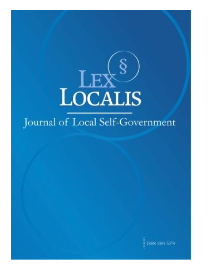SUSTAINABLE TRANSPORTATION SYSTEMS: A CROSS-FACULTY STUDY ON HEALTH, TECHNOLOGY, BUSINESS, AND LEGAL IMPLICATIONS
DOI:
https://doi.org/10.52152/801154Keywords:
Sustainable transportation, public health, electric vehicles, Mobility-as-a-Service, urban policyAbstract
Sustainable transportation is an important segment of urbanization, which connects the environmental protection, health of the population, technological advancement, corporate productivity, and legal regulations. The paper is an interdisciplinary study of sustainable transportation systems in the context of health, technology, business, and law based on secondary data, international case studies, and cross-faculty analyses. Results show that cities with active transport and emission-reduction strategies reported quantifiable improvements to their health systems, specifically, a 1.3-year life expectancy gain and 46% decrease in the amount of NO 2. The use of technology, such as electric vehicles (EVs), autonomous shuttles, and smart traffic control, was part of 18% of the global EV market share and a 15% decrease in congestion in smart city trials. Technical review of the business shows that green transport investments reached 550 billion dollars in 2023, which supports the innovative Mobility-as-a-Service and cost-effective logistics. Law and policy, including the EU Fit Fleet 55 infrastructure and U.S. EV infrastructure policies, have been found to be critical in adoption and compliance. The paper highlights the importance of sustainable transportation in terms of alignment of efforts by various disciplines, and that it should encompass the contribution of public health, technological development, economic viability, and enforcement of regulations. These lessons give a guideline to the policymakers, business and urban planners to create effective, fair and ecologically friendly transportation systems in line with sustainable urban development.
Downloads
Published
Issue
Section
License
Copyright (c) 2025 Lex localis - Journal of Local Self-Government

This work is licensed under a Creative Commons Attribution-NonCommercial-NoDerivatives 4.0 International License.








